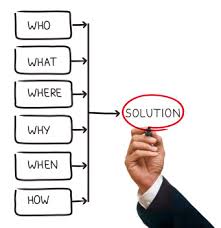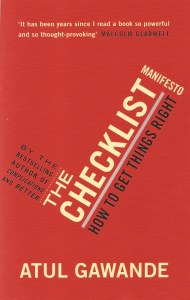Part of considering a blog and its purpose a few weeks after launch is to decide on what is working, what doesn’t work and whether a course correction or greater/less focus is needed.
I have had good reaction and feedback to the serious articles, links to other articles, the humour and the retro Hi Fi series.
This leaves me not knowing what you really want to see other than maybe more of the same. So here are my plans for delivering more of the same here…
I will finish my Retro Hi Fi series as I bring my equipment history up to date: only four more items to add actually as I confess I haven’t added or changed my hi fi since getting married back in 1999 – I don’t think I would be allowed to as there are always much more pressing things to spend money on!
Soon I intend to start a new series of posts on Retro Productivity Gadgets : you know the kind of thing – any battery powered, mobile, organisation aid or PDA… I have used quite a few over the years from companies such as Psion, Casio, Sharp, HP, Apple and then there were the phones! Each device was useful for a while but then fell out of favour and was replaced or did it fall out of favour because of the shinier, faster, geekier possibilities offered by its replacement? We will look at that and how my viewpoint on gadgets has changed.
I want to start a software series concentrating on productivity, writing and collaboration.
I need to go into some depth about writing technical and project orientated documents – so that might be a series if I can think up a good way to collect them logically. Maybe Project Lifecycle documentation?
I want to start answering questions from people on Business Analysis and Project Management topics – so please feel free to send in questions and I will make a blog post out of the answer.
An example of this would be the topic I published last month on Business Rules versus Business Requirements.
Although I dread questions like – How much analysis do I need to do? What should be in a functional specification? Where does analysis stop and system design start? How do I manage a project? – I hate this one as I don’t think in all of the projects I have completed I have ever managed two in exactly the same way.
However I am up to the challenge so ask away and I will endeavour to do my best to answer you.
I am happy to keep you anonymous if you want. This would be about sharing best practice and coming up with great ideas and NOT about pointing out any lack of knowledge in anyone participating in the discussion – I do hope we can get some discussions going.
What do you think about me introducing buddypress into this blog so that we can get some forums going on aspects of BA and PM technique and methods? Is that something you would contribute towards?
So thank you for reading, I hope that sounds interesting, but please comment on the posts (all comments that aren’t abusive or flames will be shown and answered) and also comment on this one if there is something you want to see or read about.







